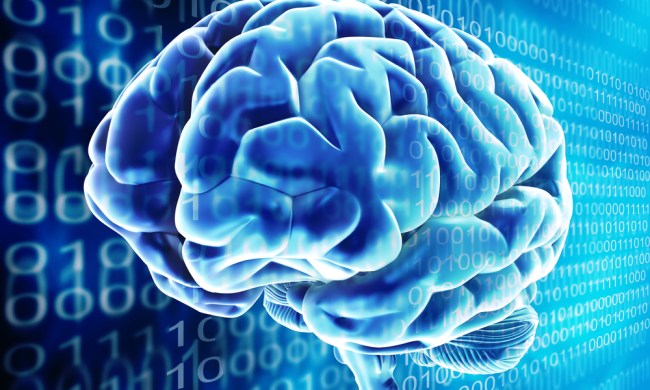Brain activity is an important part of medical testing and diagnostics, but it isn’t always easy to measure. Complicated rigs and expensive machinery make ongoing brain monitoring unrealistic and inconvenient. On the other hand, temporary tech implants that record data while in the brain require added rounds of surgery to both implant and remove the tech. That’s why a team of neurosurgeons are developing tiny implant technology that can record brain activity for short periods of time, and then dissolve completely into the organic matter they are monitoring.
The team is composed of scientists at the Washington University School of Medicine in St. Louis, and engineers at the University of Illinois at Urbana-Champaign. Each device needed to be minuscule in size, but also needed to pack in enough electric monitoring equipment to measure brain activity accurately. The sensors are composed mostly of polylactic-co-glycolic acid (PLGA) and silicone, which are the materials that allow the chips to dissolve after use. The devices made of these materials also transmit pressure and temperature readings, record vital signs, and store other brain activity measurements.
Pressure and temperature are key readings in the kind of brain monitoring that this device will eventually be able to perform. Patients with traumatic brain injuries don’t always show physical symptoms of internal damage. But pressure and temperature can be important indicators in identifying traumatic injuries before often fatal symptoms start to manifest. These devices are both small enough and accurate enough to be implanted in the brain for reliable monitoring, and their ability to dissolve safely and disappear from a patient’s system is hugely promising.
Doing away with the expensive equipment and the limited facilities of hardwired brain monitoring could be revolutionary for these kinds of traumatic injury patients. Testing so far has only taken place in a lab setting, dissolving the tech chips in a saline solution bath before implanting them in the brains of lab rats. In both cases, the sensors worked accurately and reliably until dissolving safely into their surroundings. Following the success of those preliminary tests, scientists are now prepared to implant the sensors in human patients for testing.


